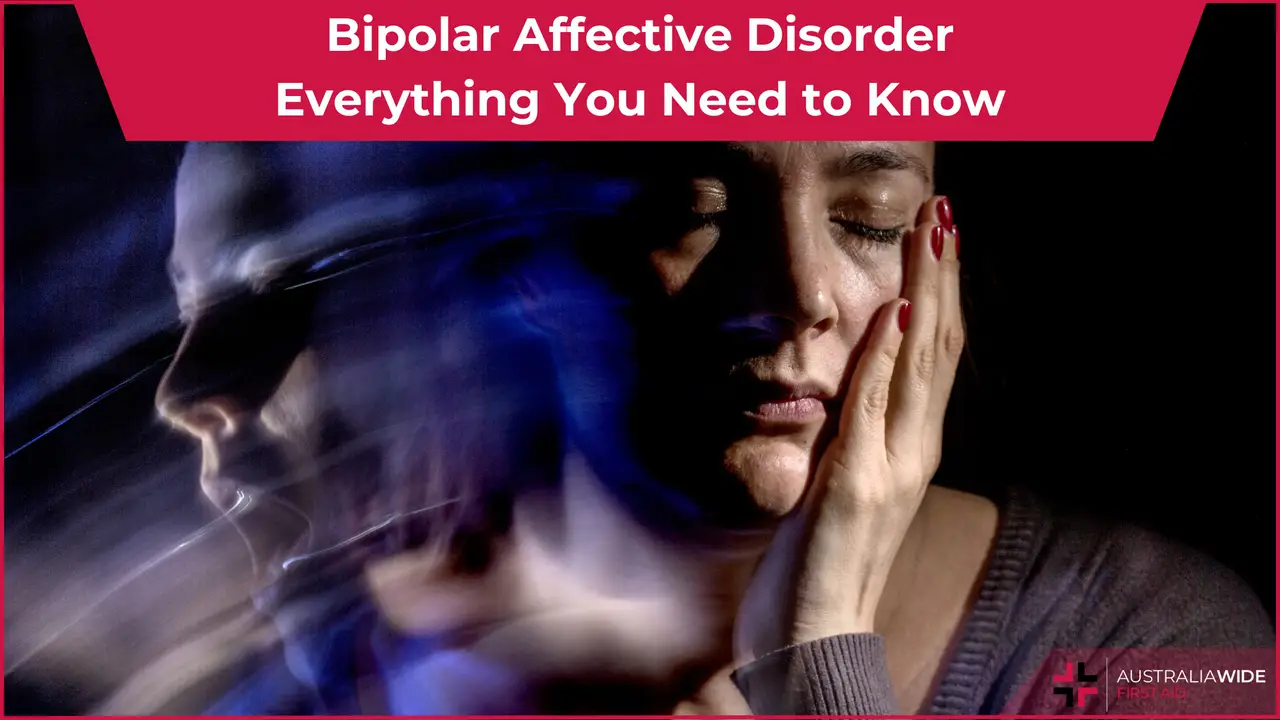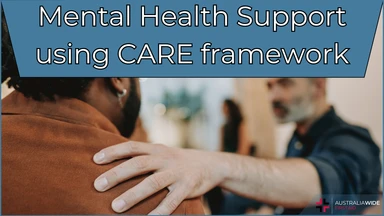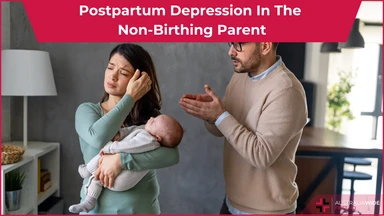Bipolar Affective Disorder: Everything You Need to Know


Millions of people suffer from bipolar affective disorder around the world. A bipolar patient experiences episodes of extreme highs and lows, which can negatively affect their normal life and relationships.
Understanding this mental health condition helps you minimize its impact on your daily life. In this article, we’ll dive into the ins and outs of bipolar disorder, from its symptoms to treatment options. So, if you or any of your loved ones have this condition, this article is for you.
Bipolar affective disorder, once known as manic depression, is a condition characterized by extreme mood swings. The two states are known as Mania (Up) and Depression (Down). When a bipolar patient is in their “Up”, they might exhibit extreme joy or crankiness, which leads to the inability to sleep and other symptoms.
On the other hand, bipolar patients tend to feel extremely sad and hopeless. They can even have suicidal thoughts.
It’s important to note that bipolar disorder doesn’t have a cure. But, with the right medication and professional therapy, you can manage its symptoms and live a normal, healthy life.
Bipolar 1
One or more manic episodes followed or preceded by either a hypomanic or a major depressive episode.
Bipolar 2
One or more major depressive episodes and at least one hypomanic episode. Bipolar 2 doesn’t have any manic episodes.
Cyclothymic disorder
At least two years of regular hypomania and depressive symptoms (One year in children and teens).
Effective diagnosis of bipolar affective disorder can be tricky as many of its symptoms coincide with other mental health conditions like depression, anxiety, autism, and even ADHD.
To diagnose bipolar disorder, your doctor will ask you or your family members a series of questions.
The symptoms of a bipolar patient are classified into mania, hypomania (Milder mania), or depression.
You can also experience mixed episodes of “Up” and “Down” symptoms.
Without medical treatment, these symptoms can come and go more frequently.
Mania and Hypomania Symptoms
Mania and Hypomania episodes have the same symptoms, but they are distinguishable.
Hypomania is less severe than mania and doesn’t affect your daily life as much.
Symptoms of both include:
Note that to be diagnosed with mania or hypomania, you need to exhibit three or more of these symptoms.
Depression Symptoms
A depressive episode (Down) in bipolar affective disorder causes noticeable problems in your daily life activities. Having five or more of the following symptoms is a sign that you might be experiencing this condition:
Unmanaged bipolar affective disorder can severely impact your routine life.
This includes problems in studies, work, relationships, and other routine activities.
Left unaddressed, the condition can even lead to drug abuse and suicide.
Before working on the diagnoses, your doctor may prescribe some lab tests to rule out other health conditions first.
To diagnose bipolar disorder, your doctor will get your medical history and ask a few questions about your symptoms.
Unfortunately, no blood test or brain scan can tell if you have bipolar disorder.
Three important factors to consider when diagnosing this condition are the severity, length, and frequency of symptoms.
Moreover, you may be asked to keep track of your moods for a certain period to see any pattern changes. Family members can also talk to the mental health professional to give more insights into your symptoms.
Treatment of bipolar affective disorder depends on the symptoms.
Your doctor might suggest medication, talk therapy, Electroconvulsive therapy (ECT), or Repetitive transcranial magnetic stimulation (rTMS).
Medications
Common prescription medications include:
Talk Therapy
Talk therapy with a mental health professional can help you cope with bipolar symptoms effectively.
Common talk therapy types are:
In addition, Electroconvulsive therapy (ECT) is a type of therapy that aims to change your brain chemistry. It’s often prescribed when other treatment methods don’t work.
Here are some prominent statistics about bipolar disorder in Australia:
Despite all the negative consequences on the quality of life, many bipolar patients don’t get the treatment they need. If you have multiple symptoms of mania, hypomania, and depression, the best thing you can do is see a mental health professional.
Left unmanaged, bipolar disorders can lead to drug abuse and suicidal thoughts. It’s important to realize that bipolar disorders don’t get better on their own and often need medical intervention.
Bipolar affective disorder is a mental health condition characterized by extreme mood swings.
Bipolar patients can have three different episodes:
It is a complicated mental health condition, the symptoms of which can be confused with other conditions like anxiety, depression, and ADHD. Only a mental health professional can correctly diagnose it and recommend a treatment plan.
If you or a loved one is experiencing the symptoms, and they’re affecting daily life activities, it might be time to see a doctor.

February 18, 2025
Mental health can be influenced by every aspect of our lives, and the weather is no exception. In places closer to the equator with humid environments, like Darwin here in Australia, the onset of monsoon season can see people suffer from a tropical seasonal affective disorder known as ‘mango madness’.

January 16, 2025
Mental health crises can occur unexpectedly, and knowing how to respond effectively can make a significant difference. The CARE framework is an easy-to-remember guide for offering support during a mental health crisis. It is also applicable if you think you might be seeing signs and symptoms of low mental health in a loved one, friend, or colleague.

June 3, 2024
New parents, both birthing and non-birthing, can develop postpartum depression. Birthing parents are easily recognized as being at risk for postpartum depression; however, it is important to acknowledge that non-birthing parents are equally susceptible to experiencing postpartum depression.